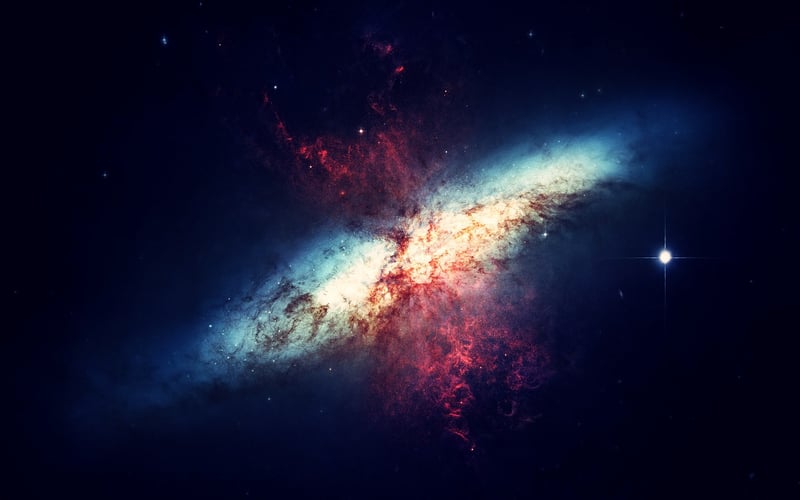Dark Matter Theories
Unravel the Unknown: Dark Matter Theories
Dark matter, a mysterious and elusive substance that makes up about 27% of the universe, has long puzzled scientists and astronomers. Despite its invisible nature, researchers have put forth various theories to understand this enigmatic component of the cosmos.
The WIMPs Hypothesis
One of the leading theories suggests that dark matter consists of Weakly Interacting Massive Particles (WIMPs). These particles are slow-moving and do not interact with electromagnetic forces, making them extremely difficult to detect directly.

Modified Gravity Theories
Alternatively, some scientists propose modified gravity theories as an explanation for the gravitational effects attributed to dark matter. These theories suggest that our current understanding of gravity, as described by general relativity, may not fully explain the observed phenomena in galaxies and the universe.

Primordial Black Holes
Another intriguing hypothesis involves the existence of Primordial Black Holes (PBHs) as a significant component of dark matter. These black holes could have formed in the early universe and could explain the gravitational effects observed in galaxies.

Axions and Axion-like Particles
Axions and Axion-like Particles (ALPs) are theoretical particles that have been proposed as potential constituents of dark matter. These ultra-light particles could interact very weakly with ordinary matter, providing a new perspective on the nature of dark matter.

Conclusion
As scientists continue to explore the mysteries of dark matter, these theories represent just a glimpse into the vast array of possibilities that could unlock the secrets of the universe. By delving into the unknown and pushing the boundaries of our understanding, we may one day unravel the enigma of dark matter.
For more information on dark matter and related research, visit NASA's Dark Matter Page.
